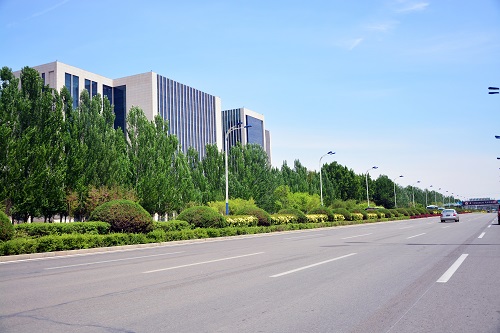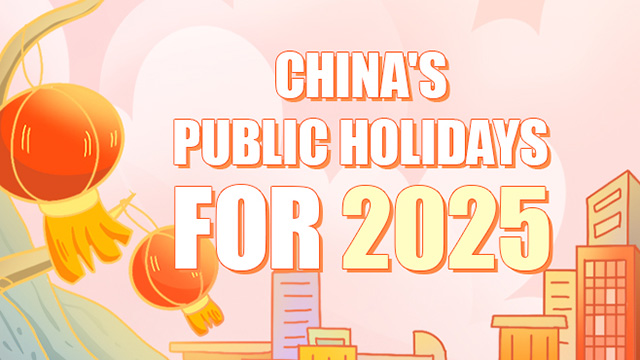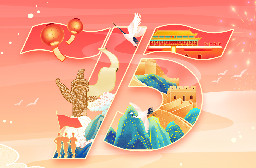'Blue City' promotes green development
On Sunday, Bao Hongxia woke up to a riot of colors. With an autumn sun hanging low in a pure blue sky, the park behind her apartment block in the Hohhot suburbs shone a piercing bright green.
Bao was so moved that she immediately went to wake up her daughter, and together they set off to soak up the beauty of the chrysanthemum exhibition at Altay Amusement Park.
Scenes like these have become increasingly common in the Inner Mongolia autonomous region's capital in recent years.
For a long time, if Hohhot's citizens wanted to find bright colors, they would have to look up at that huge prairie sky. The grassland that surrounds the city is often a dusty dull brown, and as recently as 2003 there were only three parks in the entire urban area.
It was somewhat ironic therefore that the city's traditional Mongolian name, Kuku Khoto, was often mistakenly translated as "Green City".
But now Hohhot is starting to live up to its accidental name. In the last ten years, the city has built 24 parks, and 37 percent of the urban area is now green space.
The city also has a number of big projects in the pipeline, including a Silk Road-themed park, a mountain park and the Inner Mongolia ethnic minorities sports center.

A prairie Silk Road-themed park in Hohhot, Inner Mongolia autonomous region [Photo/hhhtnews.com]
And the city is also taking steps to promote green industry. Hohhot is a national center for solar power generation, with annual production of monocrystalline silicon and polycrystalline silicon, a material used to produce photovoltaic cells used in solar panels, reaching 8,600 tons and 5,000 tons respectively.
Electric vehicles are also a focus for development. As of the end of the 2015, there were 500 EVs on the road in Hohhot, and the city was named a new energy application city in 2014.

Tree-lined avenues run across downtown Hohhot, Inner Mongolia autonomous region. [Photo/hhhtnews.com]







